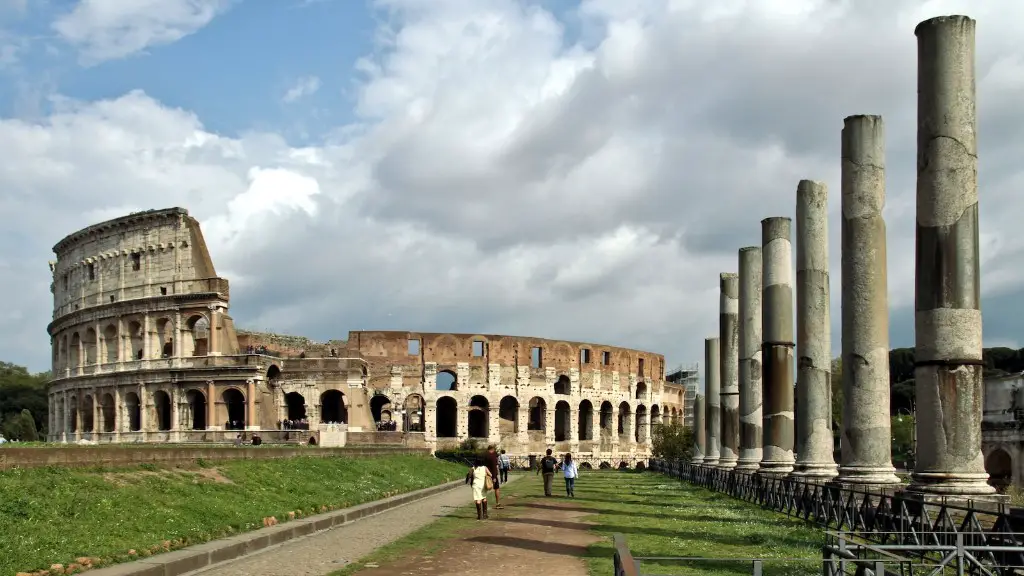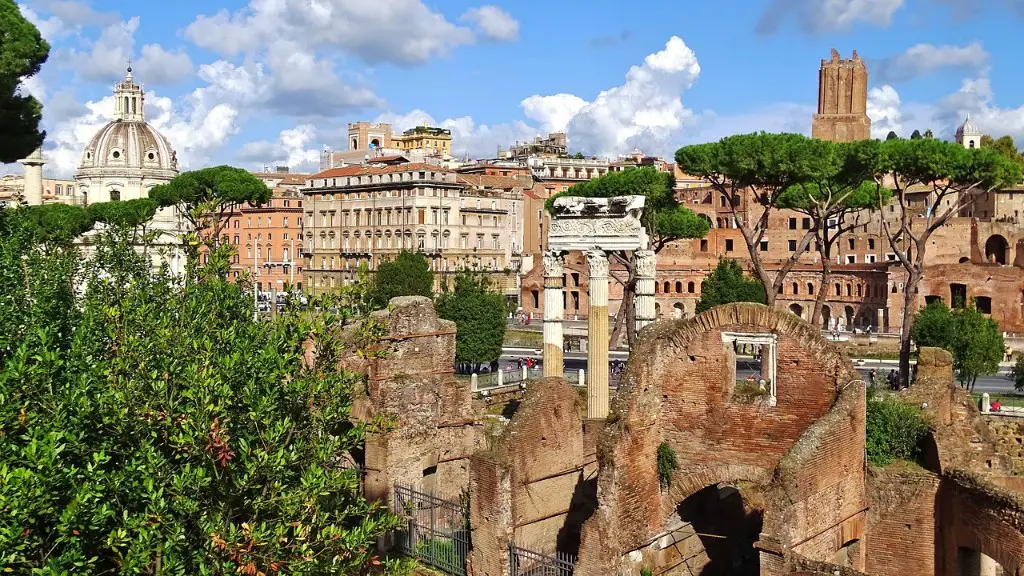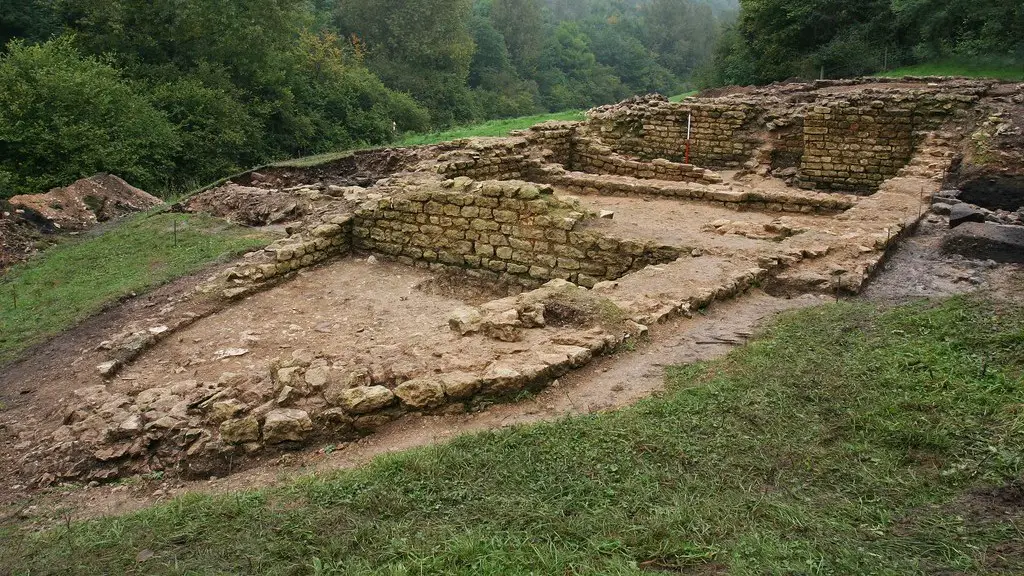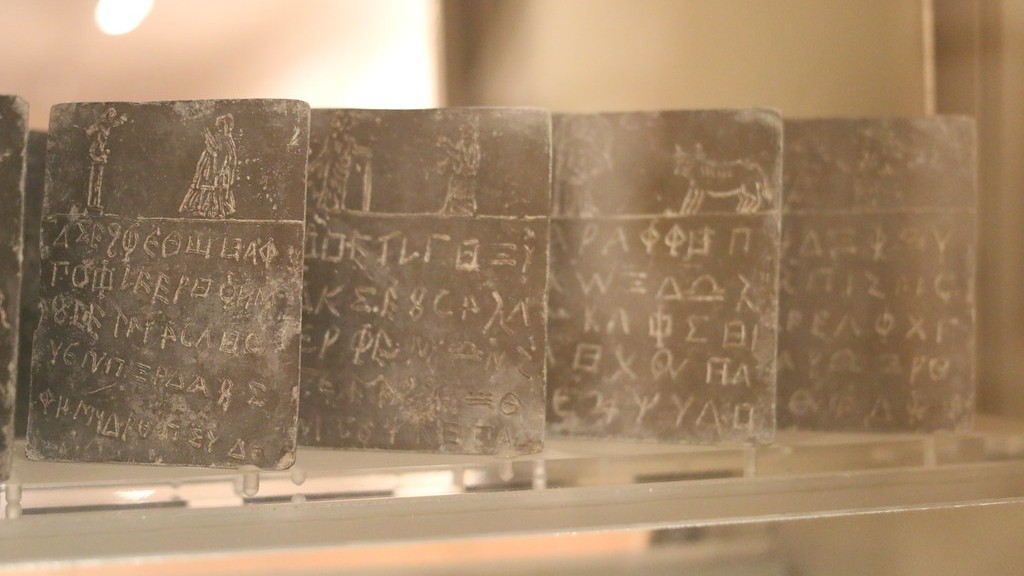Fresh Water for Ancient Romans: An Overview
The ancient Romans were a formidable empire that dominated Europe and parts of the Mediterranean for centuries. They were a powerful people with a dynamic culture, and their engineering and construction skills impacted the regions they conquered. One of the most crucial natural resources for the Roman people was fresh water. Where did the ancient Romans get their fresh water from, and how did they manage it?
The ancient Romans’ water source primarily came from aqueducts, built to bring in water from distant sources to the hubs of the Roman Empire. The aqueducts worked by using gravity and a series of drop-chambers to bring water in from the sources to the cities. Aqueducts could run over 100 miles, bringing in fresh water from as far away as Syria.
The Romans also used natural watercourses, like rivers and streams, for their water supply. These areas were carefully managed and fortified by the Romans, to ensure that water went to the areas it was needed most. By combining the two water sources, the Romans were able to maintain an abundant supply of fresh water for cities spread far apart from one another.
However, the Romans also knew that they had to manage their fresh water in another way. As their population grew, so too did their use of the water that was available to them. To ensure that their water supplies did not drop, the Romans used a number of strategies. First, they enforced strict water usage policies, ensuring that water was not wasted. Second, they improved the techniques of water storage and preservation, using technology such as underground cisterns and rainwater harvesting. Finally, they improved the quality of the water they had, by bringing in fresh water to replace contaminated water in the cities.
The ancient Romans were an impressive nation and their engineering and management of water resources was an important part of their success. Through their aqueducts, natural watercourses, and careful management of their existing water supplies, the Romans were able to keep a steady flow of fresh water coming into the empire.
How Aqueducts Impacted Ancient Roman Society
The construction of the aqueducts by the Roman Empire was a monumental task, requiring large amounts of labor, engineering knowledge, and resources. The impact of the aqueducts on the Empire was enormous. They brought in fresh, clean water to the cities of the Empire, held back floods, and irrigated croplands.
The aqueducts also changed the landscape of the Empire and the way people lived in it. For example, they provided the Roman people with access to fresh water in public places, such as fountains and public baths. This allowed people to stay hydrated and keep clean. It also changed the construction of cities, as buildings were now able to be built closer together and taller.
The aqueducts also provided new opportunities for trade and travel for the Roman people. The aqueducts allowed for the transport of goods and people from one place to another, making it much easier to get from one place to another. In addition, aqueducts connected distant populations, allowing for a more unified Roman Empire and facilitating the spread of ideas and cultures.
The impact of the aqueducts was pervasive in ancient Roman society. Not only did they provide the Empire with fresh water, but they also helped change the way people lived and interacted with one another.
How the Romans Used Natural Watercourses
The Romans were master engineers and were able to efficiently use the water from existing sources. The Romans would often build dams, marshes, and embankments to hold back water, retaining it for later use. They would also channel and divert water from rivers and streams, allowing them to control the flow and direct the water to where it was needed.
The Romans would further improve the quality of the water by filtering it through sand and gravel, and by removing various types of pollutants. This allowed them to capture even more water and utilize it more efficiently.
The Romans also made sure to conserve their water sources and ensure that they did not deplete them. They recognized that these sources were finite and needed to be managed carefully, so they made sure to limit the amount of water they took from these areas and put restrictions on the usage.
The Romans also made sure to use their natural watercourses wisely. They built canals to transport water to the cities and ships, and developed irrigation systems to water their crops. Through the careful management of their natural water sources, the Romans were able to sustain their fresh water supply.
The Roman Water Management System
The Romans also used advanced water management strategies to ensure that their water supplies could meet the needs of their expanding population. Firstly, the Romans enforced strict water usage policies, restricting the amount of water households and businesses were allowed to use. This prevented water from being wasted and ensured that their water supplies were not over-exploited.
The Romans also developed advanced water storage and preservation technologies. These included underground cisterns and large public baths, which stored and preserved water for later use. The Romans also developed the technology of rainwater harvesting, which allowed them to capture precipitation and store it for later.
Finally, the Romans also put a lot of emphasis on maintaining the quality of their water supplies. By instituting filters and purification processes, they were able to ensure that their water was clean and safe to drink.
The Romans were an impressive people who used a combination of technology and strategy to maintain their abundant water supplies. With these techniques, they were able to maintain a steady flow of fresh water throughout the Roman Empire.
Strangers to the Roman Empire and Their Water Practices
As the Roman Empire grew and conquered new lands, it encountered a variety of other cultures and peoples. In many cases, these strangers were also familiar with water management technologies, and the Roman Empire had to navigate the new practices.
In some cases, the Roman Empire adopted the water management practices of their conquered peoples. The Romans were known to utilize new sources of water, such as underground springs, which their enemies had already used. They were also known to incorporate the water management practices of their conquered peoples into their own, allowing for further diversification of the Empire’s water sources.
The Roman Empire was also open to the ideas of others, and often worked with specialists to improve their water management strategies. The Romans hired widely knowledgeable experts to develop new aqueducts, irrigation systems, and water storage strategies. This allowed them to improve their water management strategies and meet the needs of their growing population.
The Roman Empire’s openness to the ideas of other cultures and its ability to incorporate foreign water management strategies allowed it to maintain its water supplies and conquer new lands.
The Legacy of the Ancient Roman Water Management Practices
The water management strategies of the ancient Romans were incredibly successful and as a result, the Roman Empire was able to maintain its water supply for hundreds of years. The impact of the Romans’ water management strategies can still be seen to this day.
Modern engineers still use a number of the ancient Roman techniques, such as aqueducts, natural watercourse management, rainwater harvesting, and filtration. They also incorporate some of the same materials, such as stone and concrete, into their projects. Many of Rome’s aqueducts still stand today, providing a glimpse into the past and reminding us of the impressive technological developments of the Roman Empire.
In addition, modern water management techniques have been heavily influenced by the ancient Romans. We have adopted many of their practices, such as filtering and purifying water and enforcing water usage policies. The ancient Romans also pioneered the concept of water conservation, and this legacy lives on today in the form of water management plans and restrictions.
The ancient Romans were an incredible people and their water management strategies were a crucial part of their success. Their legacy still lives on to this day, as modern engineers use their techniques and look to their example to develop new water management strategies.





